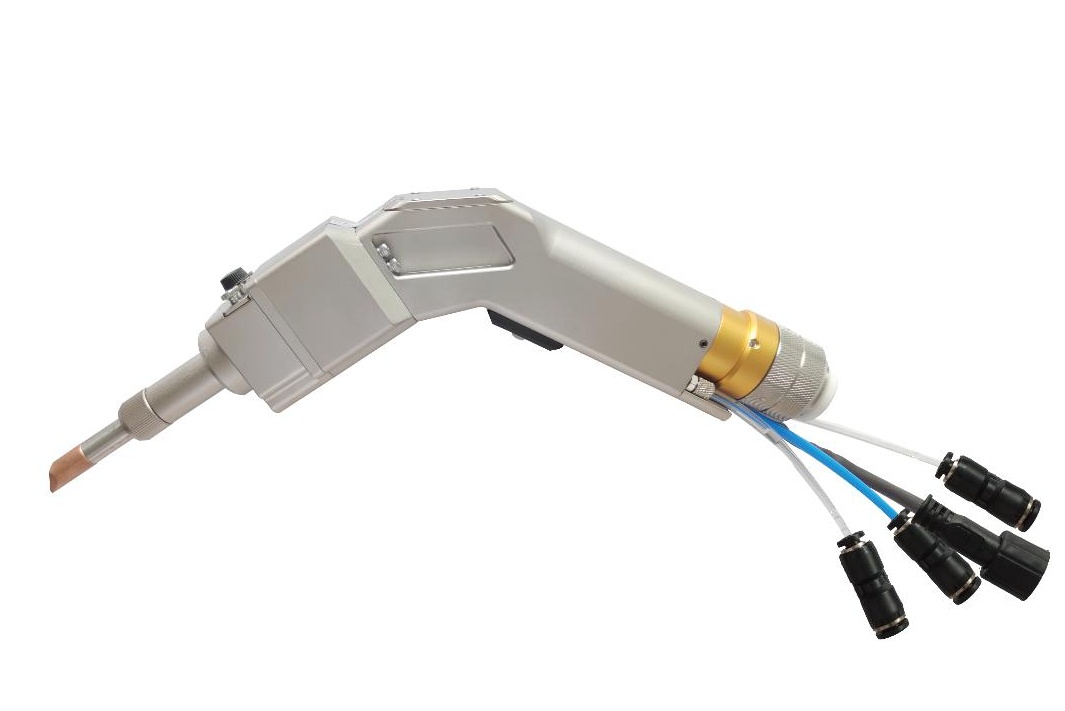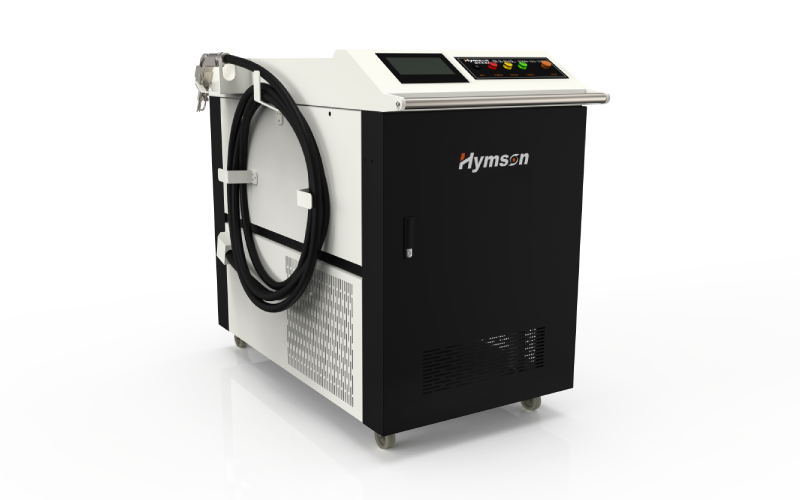雷射焊接技術在金屬連接領域佔有一席之地,提供無與倫比的精度和效率。在這一技術領域,手動雷射焊接機成為不可或缺的工具,提供了實現精細焊接的實踐方法。在本文中,我們深入研究手動雷射焊接機的複雜性,探索其關鍵組件、優勢以及跨行業的多樣化應用。
雷射焊接技術簡述
雷射焊接是一種利用雷射光束熔化和連接材料的非接觸式工藝,已成為焊接行業精密的代名詞。透過雷射控制能量的應用,最大限度地減少變形和熱影響區,使其有別於傳統的焊接方法。
手動雷射焊接機的意義
雖然自動化系統在某些製造過程中占主導地位,但手動方面為雷射焊接帶來了人性化的感覺。手動雷射焊接機使操作員能夠進行控制,從而可以進行自動化系統可能難以實現的複雜調整和適應。
手動雷射焊接機的關鍵部件
雷射光源和光束傳輸系統
手動雷射焊接機配備二極體或光纖雷射。二極體雷射可有效進行淺焊縫,在精密應用中佔有一席之地。另一方面,光纖雷射以其多功能性和功率而聞名,可滿足更廣泛的焊接要求。
手動雷射焊接機的效率在很大程度上依賴精密光學元件。這些光學元件有助於對雷射光束進行微調,確保其以最高的精度到達準確的焊接點。
控制系統和使用者介面
手動雷射焊接的成功取決於操作員的雙手。直覺的控制和使用者友好的介面使操作員能夠精確地導航焊接過程,動態調整參數以獲得最佳結果。
即時監控系統使操作員能夠密切觀察焊接過程。再加上即時調整的能力,確保手動焊接機能夠無縫地適應手邊任務不斷變化的要求。
手動雷射焊接的優點
亞毫米焊接能力
手動雷射焊接機在實現亞毫米焊接精度方面表現出色。這種精度水平對於微小細節會顯著影響焊接部件性能的行業尤其重要。
最大限度地減少熱影響區
透過精確控制雷射光束,手動焊接可以最大限度地減少熱影響區。當處理對溫度變化敏感的材料時,此功能非常寶貴,可以保持焊接部件的結構完整性。
輕鬆焊接多種材料
手動雷射焊接機具有焊接多種材料(包括異種金屬)的卓越能力。這種多功能性開啟了廣泛的應用範圍,從複雜的珠寶設計到重型工業任務。
跨產業應用
手動雷射焊接的適應性擴展到各個行業,包括汽車、航空航太、電子和醫療。能夠使用不同的材料,使其成為滿足一系列焊接需求的首選解決方案。

訂製雷射金屬焊接機出售
應用和行業
汽車製造
在汽車行業,一輛車中經常使用不同的金屬,手動雷射焊接機在無縫連接不同材料方面發揮著至關重要的作用。這對於增強結構完整性和減輕整體重量至關重要。
手動雷射焊接機的應用範圍超出了製造業。它們有助於精確修復和改裝汽車零件,延長關鍵零件的使用壽命。
航空航太和國防
航空航太工業追求輕質材料以提高燃油效率和性能,這與手動雷射焊接能力完美契合。這些機器可以精細地焊接對飛機設計至關重要的輕質材料。
手動雷射焊接可確保航空航太和國防應用關鍵零件的製造。其精度對於製造符合嚴格安全和性能標準的組件至關重要。
結論
手動雷射焊接機處於焊接技術的前沿。它的多功能性加上實現亞毫米精度的能力,使其成為精度和適應性不可妥協的行業中不可或缺的工具。隨著製造領域的發展,手動雷射焊接機以其複雜的功能和多樣化的應用繼續塑造金屬連接的未來。
分享這篇文章:


